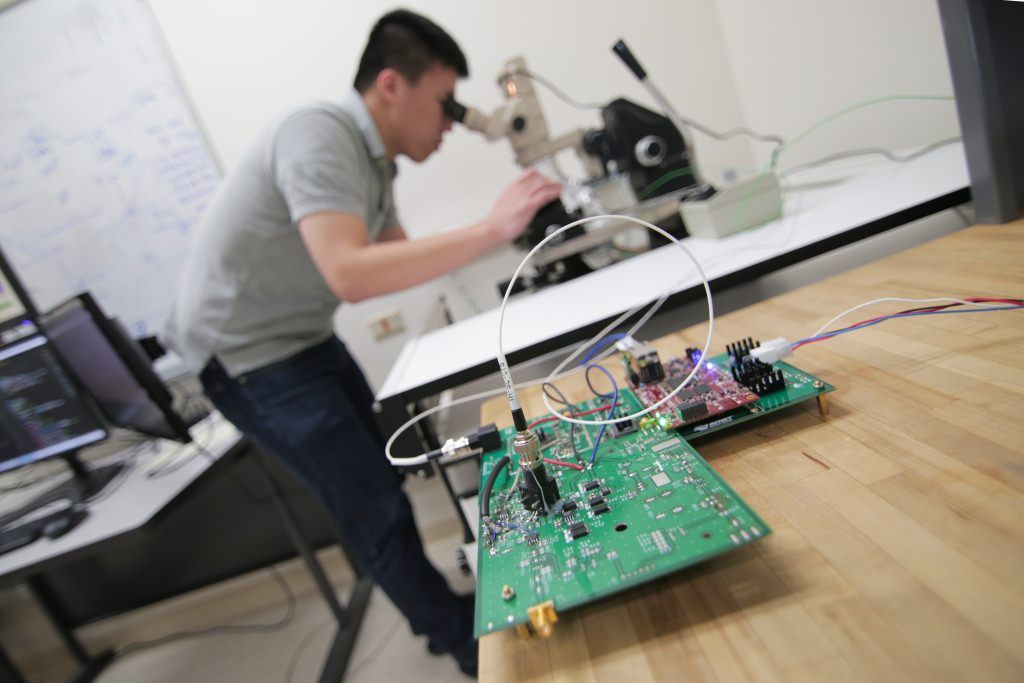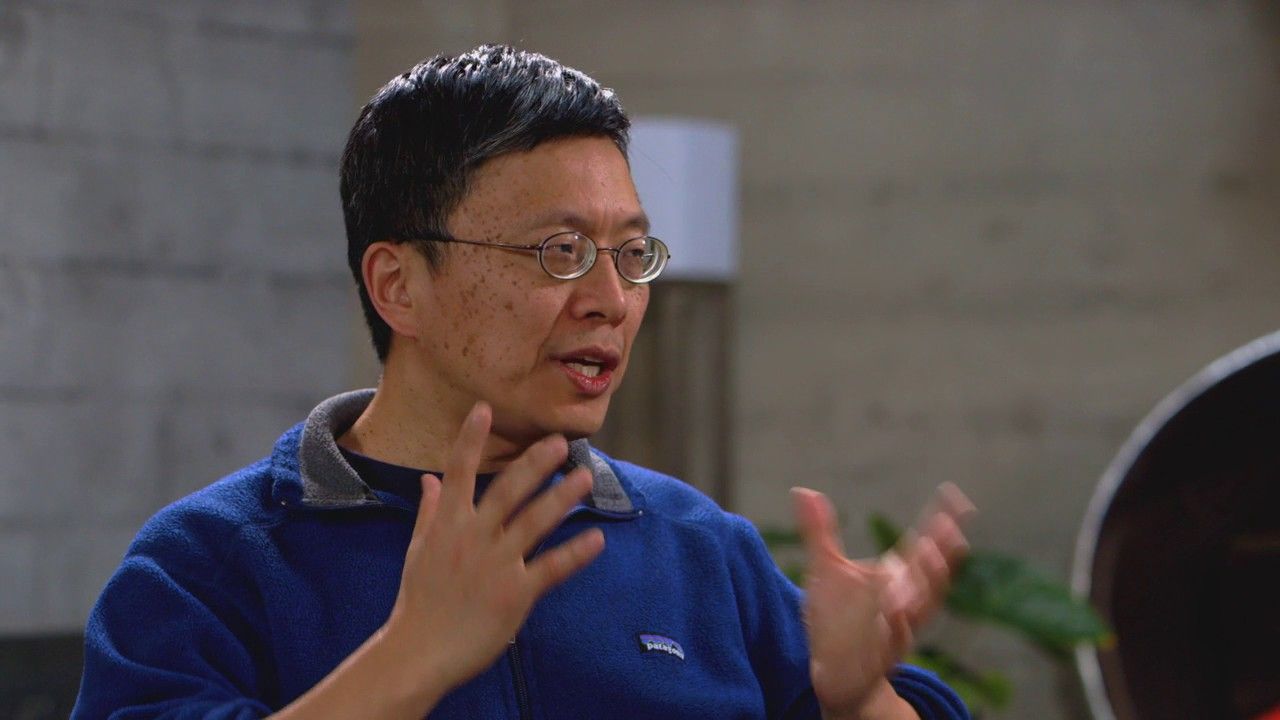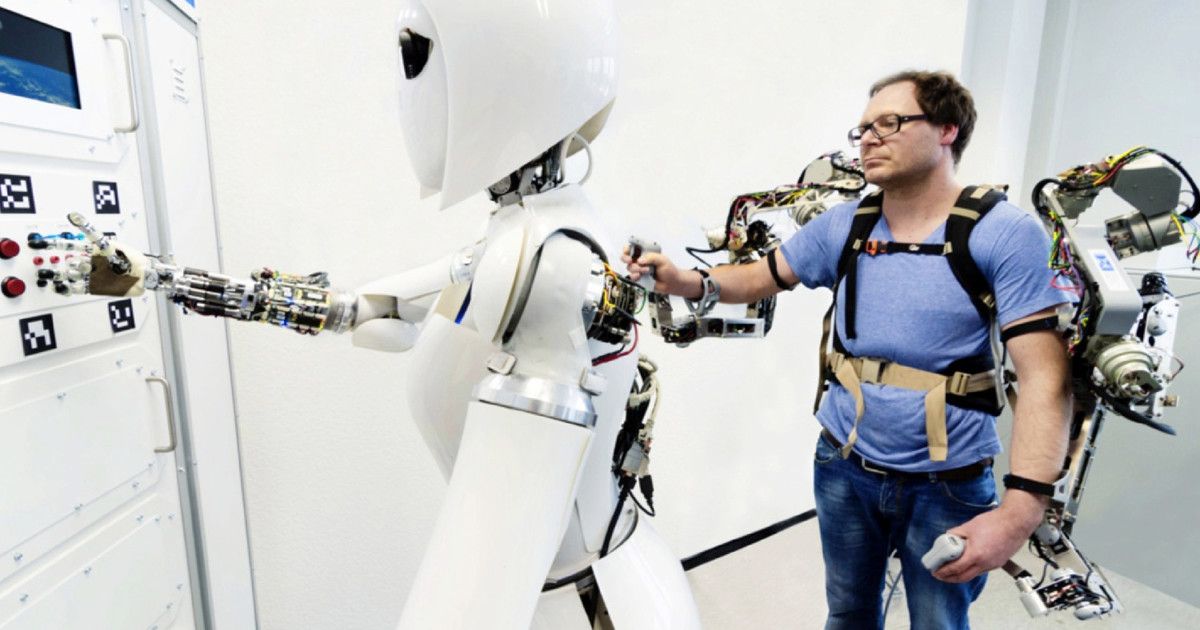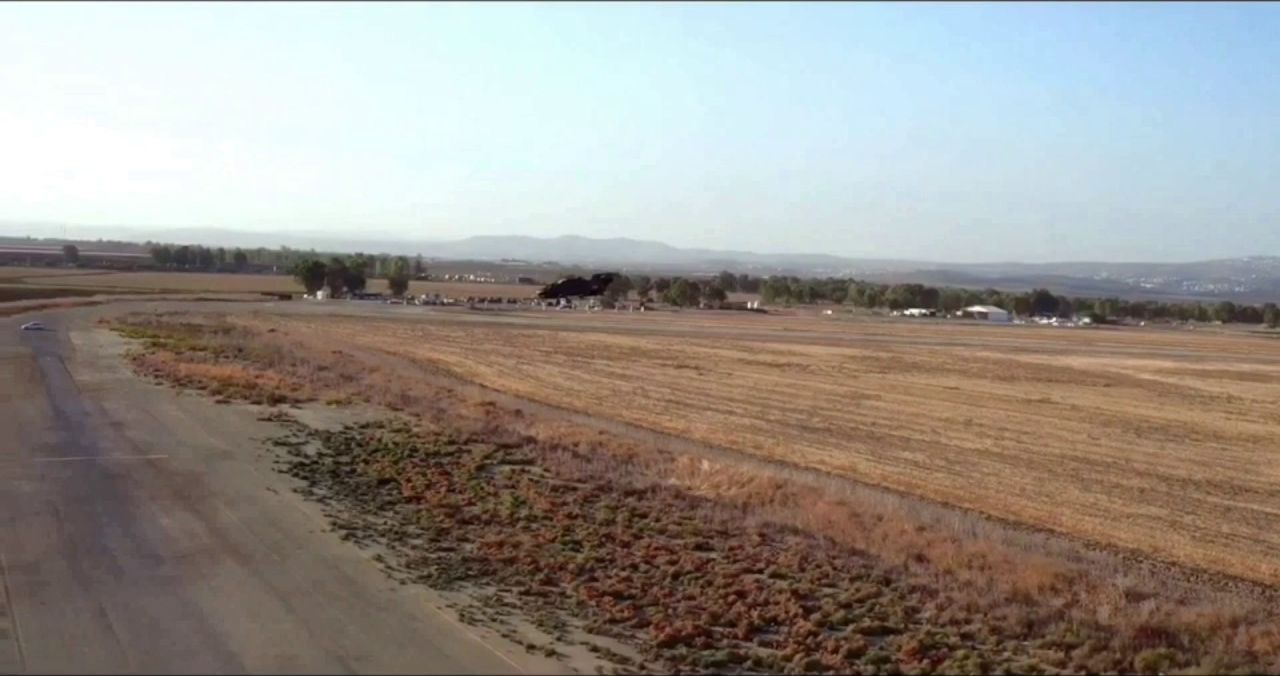Computer chips in development at the University of Wisconsin–Madison could make future computers more efficient and powerful by combining tasks usually kept separate by design.
Jing Li, an assistant professor of electrical and computer engineering at UW–Madison, is creating computer chips that can be configured to perform complex calculations and store massive amounts of information within the same integrated unit — and communicate efficiently with other chips. She calls them “liquid silicon.”
“Liquid means software and silicon means hardware. It is a collaborative software/hardware technique,” says Li. “You can have a supercomputer in a box if you want. We want to target a lot of very interesting and data-intensive applications, including facial or voice recognition, natural language processing, and graph analytics.”









